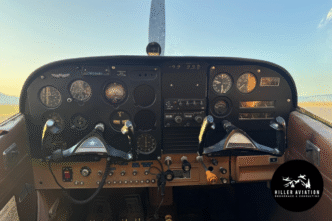Back in 2004, Boeing kicked off its 787 Dreamliner program, and by late 2011, All Nippon Airways (ANA) was flying this innovative aircraft. The 787 Dreamliner quickly became a favorite in the aviation world, thanks to its impressive fuel efficiency and long-range capabilities. With over 2,200 orders and around 1,200 deliveries, it’s clear that airlines love this plane. One of its standout features is the engine chevrons—those cool, serrated edges on the back of the engine nacelles. These aren’t just for show; they play a crucial role in reducing noise emissions. Boeing liked this design so much that they also used it on their 747-8 and 737 MAX models to help keep noise levels in check.
So, why did Boeing decide to add these chevrons to the 787? It’s all about cutting down on noise. As environmental standards have become stricter, aircraft manufacturers have had to find ways to make their planes quieter. The chevrons are a clever solution. They help mix the hot air from the engine’s core with the cooler bypass air more smoothly, reducing turbulence and, in turn, noise. This not only benefits people on the ground but also makes for a quieter cabin experience for passengers. Plus, it helps airlines comply with noise regulations, which is a big win for everyone involved.
The push for quieter aircraft isn’t new. Since the jet age took off in the 1950s, the roar of jet engines has been a challenge for those living near airports. Noise regulations started tightening in the 1970s, and today, the standards are even more stringent. The latest Stage 5 standards require aircraft to be significantly quieter than before. Airlines operating noisier planes face higher fees and restrictions at many airports. So, innovations like the 787’s engine chevrons are essential for keeping noise levels down and ensuring smoother operations for airlines. #AviationInnovation #Boeing787 #QuietSkies
Originally reported by Simple Flying Read More













